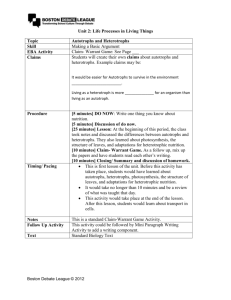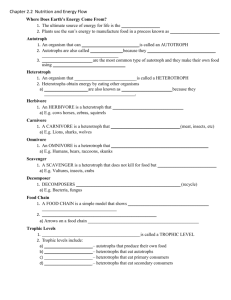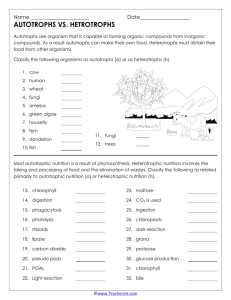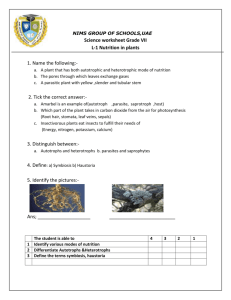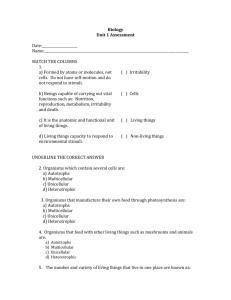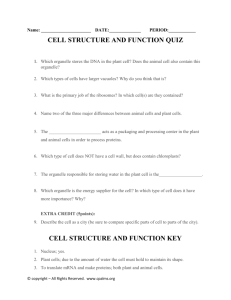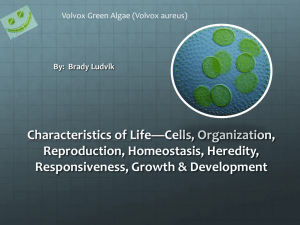7th Grade Cell Study Guide
advertisement
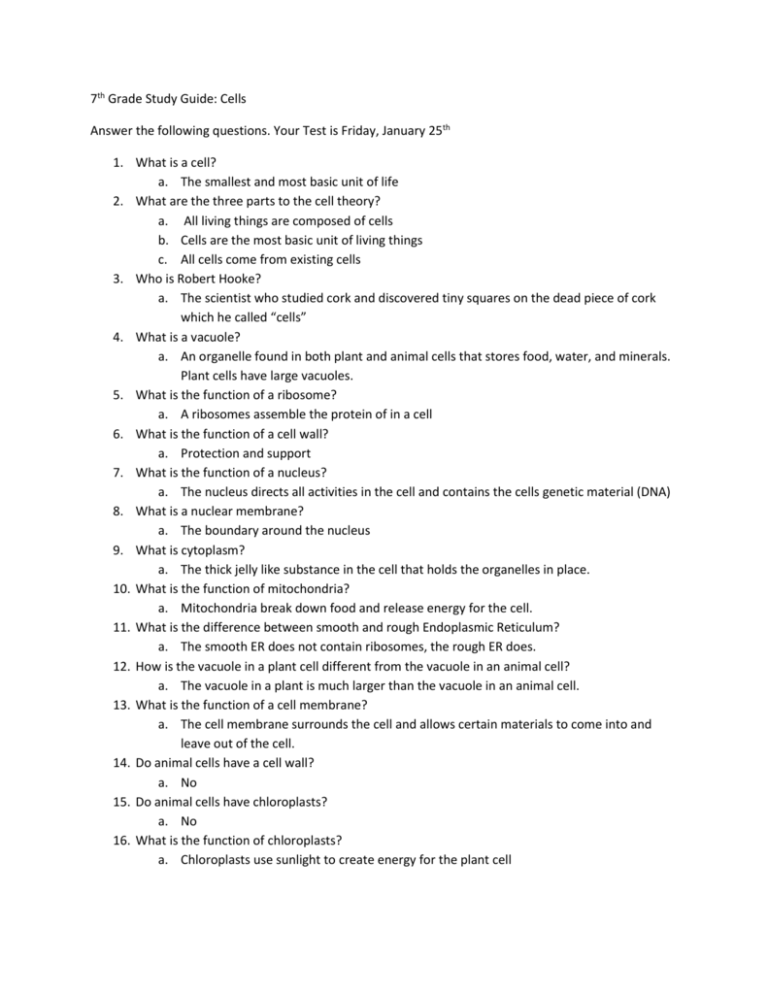
7th Grade Study Guide: Cells Answer the following questions. Your Test is Friday, January 25th 1. What is a cell? a. The smallest and most basic unit of life 2. What are the three parts to the cell theory? a. All living things are composed of cells b. Cells are the most basic unit of living things c. All cells come from existing cells 3. Who is Robert Hooke? a. The scientist who studied cork and discovered tiny squares on the dead piece of cork which he called “cells” 4. What is a vacuole? a. An organelle found in both plant and animal cells that stores food, water, and minerals. Plant cells have large vacuoles. 5. What is the function of a ribosome? a. A ribosomes assemble the protein of in a cell 6. What is the function of a cell wall? a. Protection and support 7. What is the function of a nucleus? a. The nucleus directs all activities in the cell and contains the cells genetic material (DNA) 8. What is a nuclear membrane? a. The boundary around the nucleus 9. What is cytoplasm? a. The thick jelly like substance in the cell that holds the organelles in place. 10. What is the function of mitochondria? a. Mitochondria break down food and release energy for the cell. 11. What is the difference between smooth and rough Endoplasmic Reticulum? a. The smooth ER does not contain ribosomes, the rough ER does. 12. How is the vacuole in a plant cell different from the vacuole in an animal cell? a. The vacuole in a plant is much larger than the vacuole in an animal cell. 13. What is the function of a cell membrane? a. The cell membrane surrounds the cell and allows certain materials to come into and leave out of the cell. 14. Do animal cells have a cell wall? a. No 15. Do animal cells have chloroplasts? a. No 16. What is the function of chloroplasts? a. Chloroplasts use sunlight to create energy for the plant cell 17. What is an amoeba? How does it move? What makes it unique? Is it an Autotroph or heterotroph? Where does it live? a. An amoeba is a unicellular organism found in moist environments that moves using a pseudopod. It is unique because it can change shape and it uses a pseudopod to move and eat. It is heterotrophic and lives in fresh and salt water as well as soil and moist parts of animals. b. What is a paramecium? How does it move? Is it an Autotroph or heterotroph? A paramecium is a unicellular organism that is found in scums and freshwater environments. It moves using cilia and is heterotrophic. 18. What is a euglena? How does it move? What makes it unique? Is it an Autotroph or heterotroph? a. Euglenas are unicellular organisms found in calm fresh and salt water. They are both heterotrophic and autotrophic. Two unique features of Euglena include its red eyespot and its features that are similar to both plants and animals. 19. What is a Volvox organism? How does it move? What makes it unique a. Volvox is a unicellular organism that is a type of green algae. They live in freshwater habitats and also have an eyespot. They are both heterotrophs and autotrophs. Volvox lives in colonies numbering the thousands. 20. What is the difference between autotrophs and heterotrophs? a. Heterotrophs have to consume food, autotrophs can make their own (like photosynthesis) 21. Study the spelling and definition of your vocabulary words.
